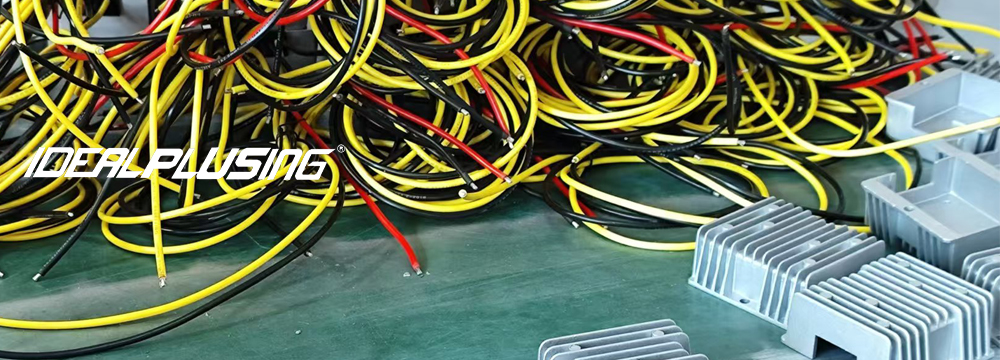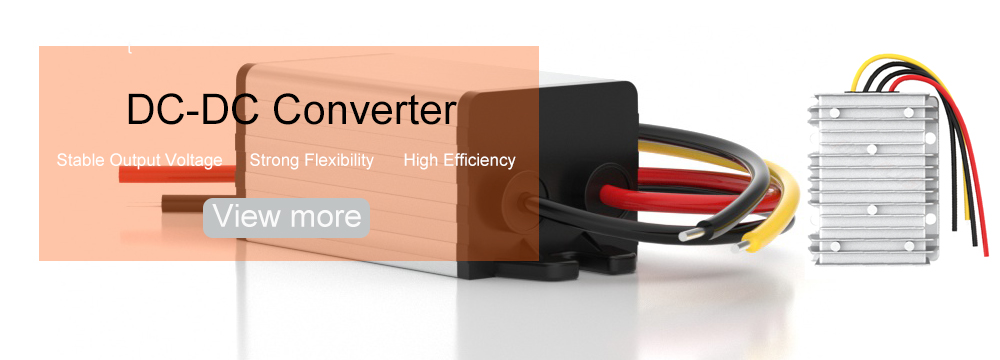What role does the MOS tube play in synchronous rectification? Synchronous rectification is a common power management technology, usually used in DC-DC converters. It can control the direction of the current through two MOS tubes and transmit electrical energy to the load.
For example, this synchronous rectification topology circuit uses two MOS tubes. When the upper MOS tube is cut off, the lower MOS tube will be turned on, and the current flows from the inductor to the lower MOS tube.
When the output current is relatively large, the efficiency of synchronous rectification is relatively high. Generally, when the load is 1A, the efficiency can reach 95%. This is related to the on-resistance of the MOS tube. When it is turned on, the lower MOS tube has a lower on-resistance and the loss is naturally low. Synchronous rectification is often used in many step-down DCDC circuits.
In other words, the selection of MOS tubes is very important, and we need to consider the following important parameters:
Voltage rating: Appropriate voltage rating can avoid breakdown and damage
Current carrying capacity: Sufficient current carrying capacity to effectively cope with load changes and current peaks;
Open/close speed: Fast switching speed can reduce power consumption and improve efficiency
On-resistance: MOS tubes with low on-resistance can also reduce power consumption and improve efficiency

VBsemi's MOS tubes can be recommended here, which can effectively meet the requirements of MOS tubes in synchronous rectification circuit design. Various parameters and packages can effectively improve the efficiency and reliability of the system.
Synchronous rectification technology is to use low on-resistance power MOS tubes to replace the fast recovery diodes of the switching converter, and play the role of rectifier tubes, so as to achieve the purpose of reducing rectification loss and improving efficiency.
Basic circuit structure of synchronous rectification
Synchronous rectification is a new technology that uses a dedicated power MOSFET with extremely low on-resistance to replace the rectifier diode to reduce rectification loss.
It can greatly improve the efficiency of DC/DC converters and there is no dead zone voltage caused by Schottky barrier voltage. Power MOSFET is a voltage-controlled device, and its volt-ampere characteristics are linear when it is turned on. When using power MOSFET as a rectifier, the gate voltage must be synchronized with the phase of the rectified voltage to complete the rectification function, so it is called synchronous rectification.
Comparison of working modes
Traditional synchronous rectification schemes are basically PWM-type synchronous rectification. A certain dead time must be set between the driving signals of the main switch and the synchronous rectification switch to avoid cross conduction. Therefore, the synchronous rectification MOS tube has problems such as body diode conduction and reverse recovery, thereby reducing the performance of the synchronous rectification circuit.
Flyback synchronous rectification drive circuit selection
There are three ways to drive the synchronous rectifier:
The first is to add an external drive control circuit. The advantage is that its drive waveform is of high quality and easy to debug. The disadvantage is: the circuit is complex and the cost is high. In the pursuit of miniaturization and low cost today, it is only worth researching and has basically no application value.
The second is self-driven synchronous rectification. The advantage is that it is directly driven by the secondary winding of the transformer or an independent drive winding is added to the main transformer. The simple circuit, low cost and adaptive drive are the main advantages, and it is widely used in commercial products.
The disadvantage is that the circuit debugging is less flexible. In the wide input low voltage range, some waveforms require additional limiting shaping circuits to meet the driving requirements.
Since the positive drive of Vgs is proportional to the output voltage, the proportional coefficient can be determined by adjusting the number of turns of the drive winding, and the output voltage is very stable, so the driving voltage is also stable.
What is more troublesome is that the negative voltage may exceed the standard, and the driving negative voltage amplitude needs to be considered when designing the transformer ratio.
The third type is semi-self-driving. The rising or falling edge of its driving waveform is a signal provided by the main transformer and a signal provided by an independent external driving circuit. The above figure is for the negative voltage problem of self-driving.
A separate discharge circuit is used to provide the shutdown signal of the synchronous rectifier tube, avoiding the problem of voltage exceeding the standard of self-driven negative voltage discharge.






